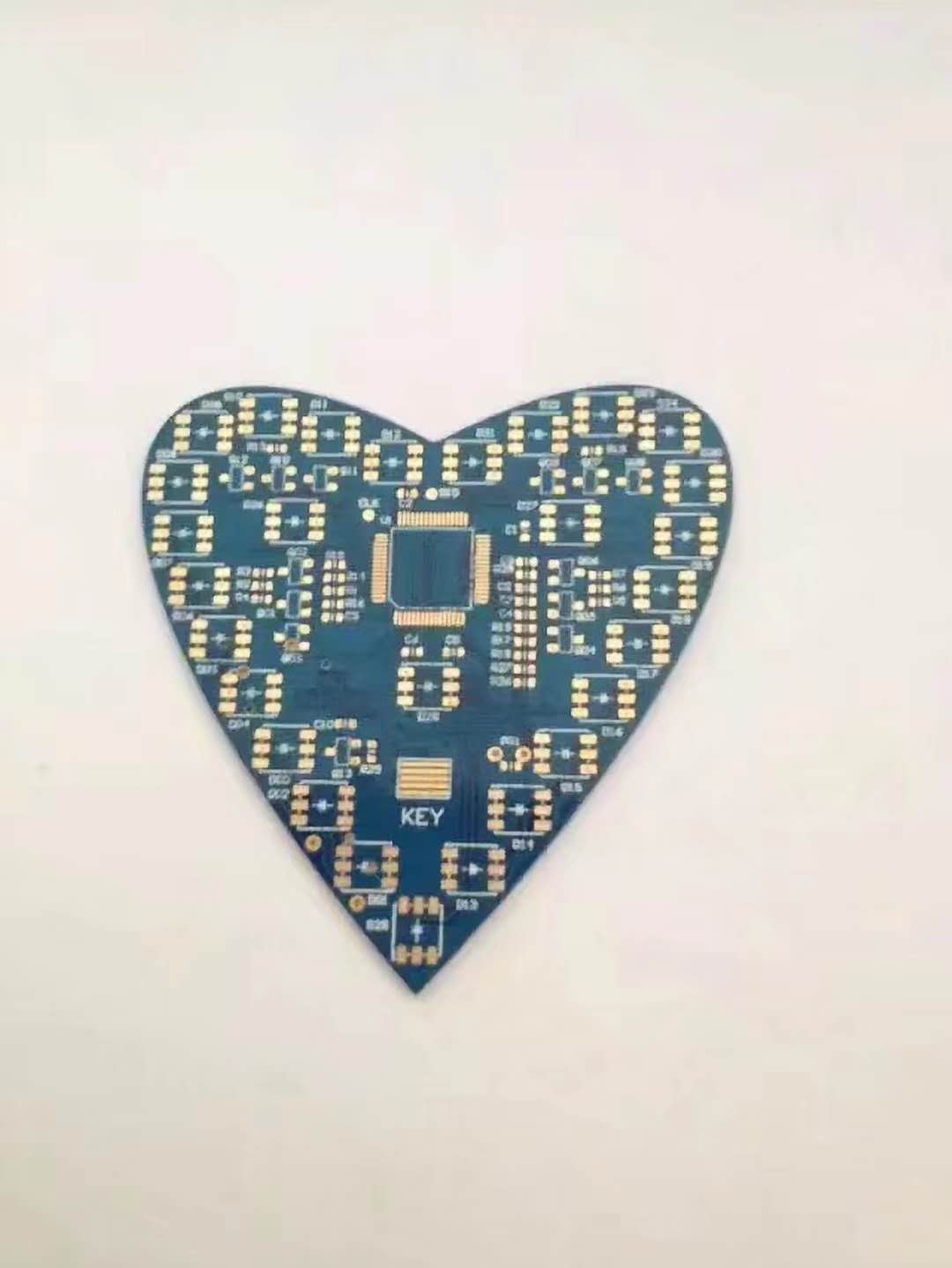Surface Finishing Methods Comparison for Double-Sided PCBs
 hitech PCB manufacturer
hitech PCB manufacturerSurface finish is a critical step in PCB manufacturing, especially for double-sided PCBs where both sides may have SMT and through-hole components. The surface finish protects the exposed copper from oxidation and ensures good solderability. Below is a comparison of the most common surface finish methods used in double-sided PCBs.
- HASL - Hot Air Solder Leveling
Full name: Hot Air Solder Leveling Process: PCB is coated with molten solder and then leveled using hot air knives Advantages: Low cost, good solderability, widely available Disadvantages: Uneven surface, not suitable for fine-pitch components like BGA Suitable for: General-purpose electronics, through-hole assembly
- Lead-Free HASL
Same as standard HASL but uses lead-free solder alloy Advantages: RoHS compliant, environmentally friendly Disadvantages: Higher melting point may stress the board during soldering Suitable for: Consumer and industrial products requiring lead-free compliance
- OSP - Organic Solderability Preservative
Full name: Organic Solderability Preservative Process: A thin organic layer is applied to the copper surface to prevent oxidation Advantages: Flat surface, ideal for SMT, cost-effective Disadvantages: Limited shelf life, not suitable for multiple reflows Suitable for: High-speed SMT lines, low to mid-end electronics
- ENIG - Electroless Nickel Immersion Gold
Full name: Electroless Nickel Immersion Gold Process: Nickel layer is deposited over copper, followed by a thin layer of gold Advantages: Excellent flatness, long shelf life, ideal for BGA and fine-pitch parts Disadvantages: Higher cost, risk of black pad if poorly controlled Suitable for: High-reliability, high-density boards such as telecom, medical, and industrial
- Immersion Silver
Process: A thin layer of silver is deposited directly onto the copper Advantages: Good solderability, flat surface, suitable for high-frequency applications Disadvantages: Susceptible to tarnish, limited shelf life Suitable for: High-speed, RF, or telecom boards
- Immersion Tin
Process: A layer of tin is deposited over copper using chemical immersion Advantages: Lead-free, good for SMT Disadvantages: Tin whisker risk, limited storage time Suitable for: Low-cost, short-life-cycle products
Comparison Summary
HASL: Low cost, uneven surface, not good for BGA Lead-Free HASL: RoHS compliant, higher temperature required OSP: Flat and low cost, short shelf life ENIG: Best for high-density fine-pitch components, expensive Immersion Silver: Good for high-frequency circuits, tarnishes easily Immersion Tin: Low cost, risk of tin whiskers
Tips
Choose ENIG or OSP for boards with BGA or fine-pitch components Use HASL for through-hole and simple low-cost boards For RF or high-frequency designs, immersion silver may offer better performance Always consider storage time, soldering process, and end-use environment when selecting a surface finish
Subscribe to my newsletter
Read articles from hitech PCB manufacturer directly inside your inbox. Subscribe to the newsletter, and don't miss out.
Written by

hitech PCB manufacturer
hitech PCB manufacturer
Hitech – Your one-stop electronics manufacturing service provider and partner in China, we offer rapid PCB boards, PCB assembly, electronic parts and electric appliances for different applications.